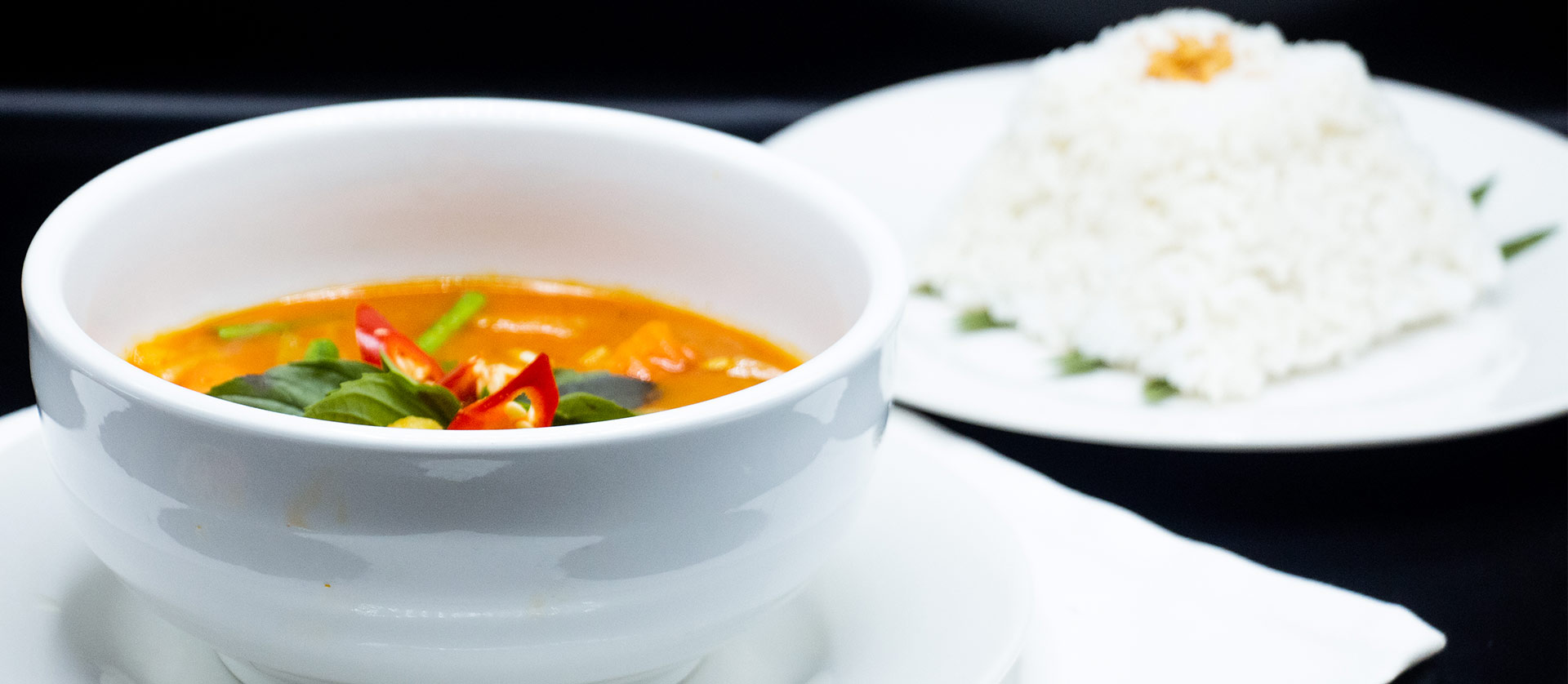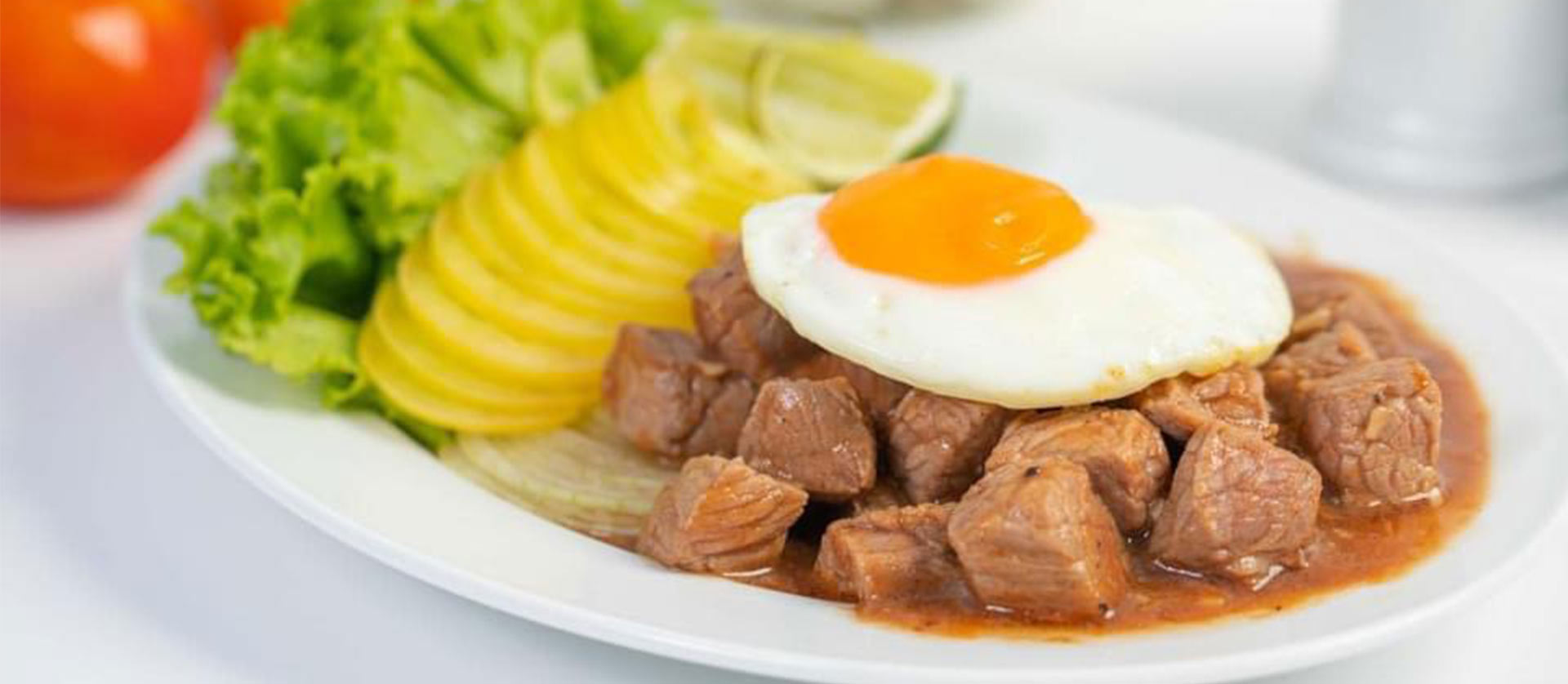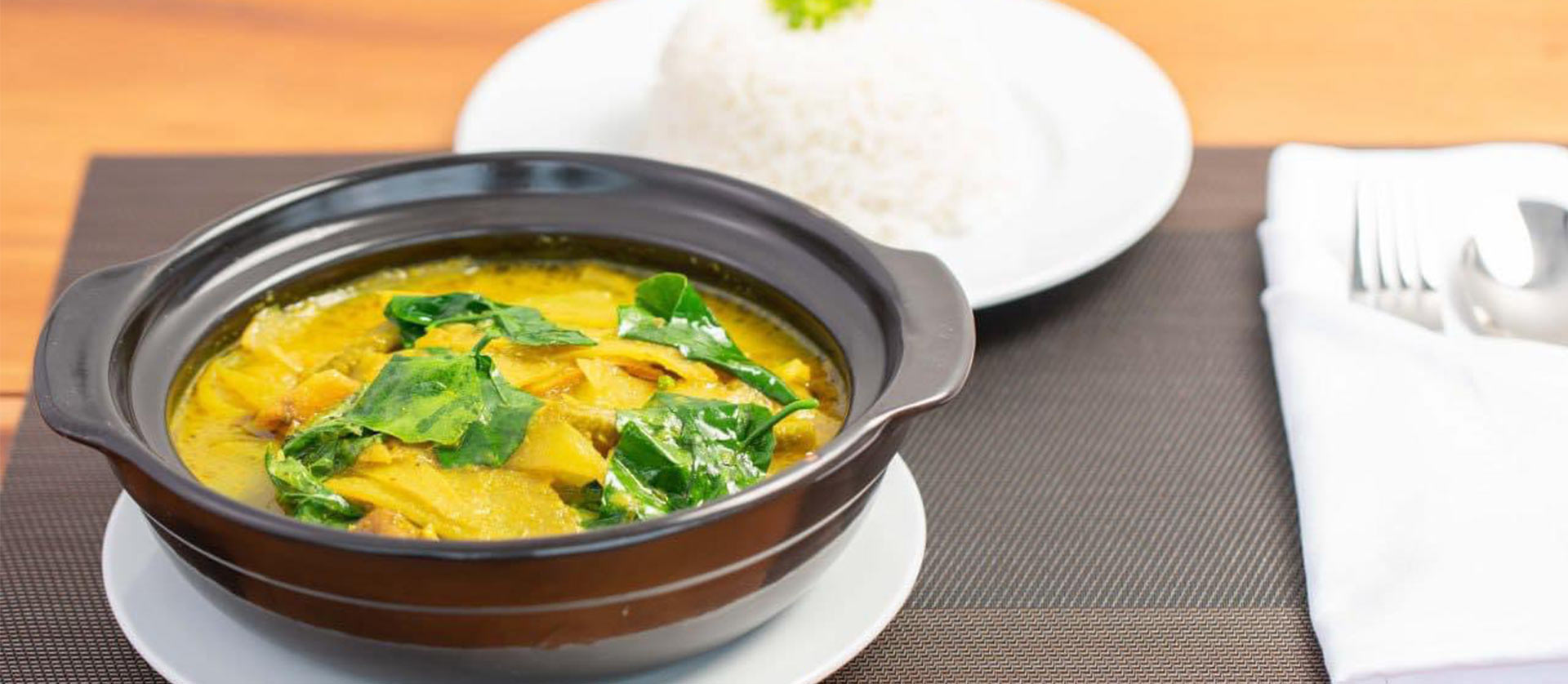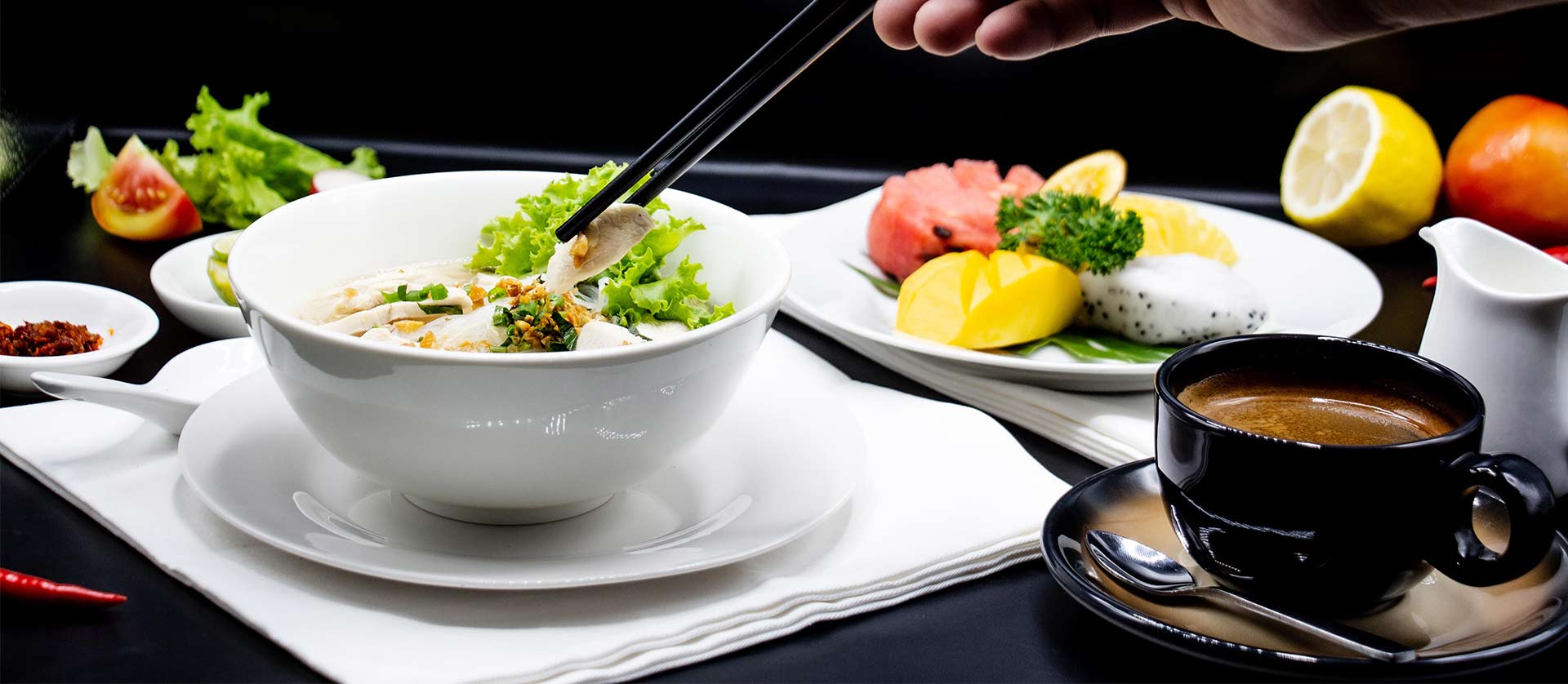Exploring Authentic Khmer Cuisines
Exploring Authentic Khmer Cuisines
A Culinary Journey Through Cambodia
Authentic Khmer cuisines offer a delightful fusion of fresh ingredients, aromatic spices, and unique flavors that reflect the country’s rich heritage. In this article, we will explore some of the most iconic Khmer dishes, including Fish Amok, Red Curry, Beef Lok Lak, Nom Banh Chok, Samlor Korko, Prahok Ktiss, Kha Trei Svay Kchai, Bai Sach Chrouk, and Kuy Teav. Join us on a gastronomic journey to discover the true taste of Cambodia.
The Essence of Authentic Khmer Cuisines
Authentic Khmer cuisine, also known as Cambodian cuisine, is characterized by its harmonious balance of sweet, sour, salty, and bitter flavors. Influenced by neighboring Thailand, Vietnam, Laos, and the historical French colonial period, Khmer food has developed its own distinct identity. Central to this cuisine is the use of fresh herbs, rice, and fermented fish, creating a culinary experience that is both unique and deeply satisfying.
Must-Try Authentic Khmer Dishes
1. Fish Amok (Amok Trey)
Fish Amok is a quintessential Cambodian dish and a national favorite. This creamy fish curry is made with freshwater fish, coconut milk, and kroeung (a traditional Cambodian spice paste), and steamed in banana leaves. The result is a fragrant, rich, and savory dish that captures the essence of Khmer cuisine.

2. Red Curry (Samlor Kari)
Cambodian Red Curry is a rich and hearty dish made with coconut milk, kroeung, and a choice of meat such as chicken, beef, or fish. Unlike its Thai counterpart, Cambodian Red Curry is less spicy and often includes sweet potatoes, eggplant, and green beans, making it a comforting and flavorful meal.

3. Beef Lok Lak
Beef Lok Lak is a popular Cambodian stir-fry featuring marinated beef slices cooked with onions, tomatoes, and cucumbers. Served with a tangy lime and pepper dipping sauce, this dish perfectly balances savory and zesty flavors, making it a favorite among locals and visitors alike.
4. Nom Banh Chok (Khmer Noodles)
Known as Khmer noodles, Nom Banh Chok is a traditional breakfast dish. It consists of rice noodles topped with green fish curry gravy, fresh herbs, bean sprouts, and sometimes banana blossoms. This light and refreshing meal is widely enjoyed across Cambodia.
5. Samlor Korko (Khmer Vegetable Soup)
Often considered Cambodia’s national dish, Samlor Korko is a hearty vegetable soup. It includes a variety of vegetables, pork, or fish, and is flavored with prahok (fermented fish paste). This staple in Cambodian households is cherished for its nourishing and complex flavors.
6. Prahok Ktiss (Creamy Prohok Dip)
Prahok Ktiss is a rich and savory dip made from prahok (fermented fish paste), minced pork, coconut milk, and a variety of herbs and spices. Typically served with fresh vegetables, this dish offers a unique and intense flavor that is distinctly Cambodian.
7. Kha Trei Svay Kchai (Caramelized Fish with Green Mango)
This dish features caramelized fish served with a tangy green mango salad. The combination of the sweet, caramelized fish and the tart, slightly sweet mango creates a delightful contrast of textures and flavors.
8. Bai Sach Chrouk (Grilled Pork and Rice)
Bai Sach Chrouk is a simple yet beloved breakfast dish. It consists of thinly sliced pork marinated in coconut milk and garlic, then grilled to perfection. Served with broken rice and pickled vegetables, it’s a common and cherished meal in Cambodia.
9. Kuy Teav (Cambodian Noodle Soup)
Kuy Teav is a versatile noodle soup made from pork or beef bones, rice noodles, and various toppings like bean sprouts, lime wedges, and fresh herbs. This popular street food can be enjoyed at any time of the day, offering a comforting and delicious meal.
Key Ingredients in Authentic Khmer Cuisines
The uniqueness of Khmer cuisine is brought to life through its specific ingredients:
- Lemongrass: Provides a fresh and citrusy aroma.
- Kroeung: A traditional spice paste made from lemongrass, galangal, turmeric, and other herbs.
- Prahok: Fermented fish paste that adds umami depth.
- Palm Sugar: Balances flavors with natural sweetness.
- Coconut Milk: Adds richness and creaminess to curries and desserts.
- Fresh Herbs: Basil, mint, and cilantro are used generously for garnishing and enhancing flavors.
Cultural Dining Practices
To fully appreciate Khmer cuisine, consider these cultural dining practices:
- Shared Meals: Communal eating is common, fostering a sense of community.
- Rice as a Staple: Almost every meal includes rice, a fundamental part of the diet.
- Street Food Exploration: Cambodia’s street food scene offers an authentic taste of local flavors and is a must-experience.
- Respect for Food: Food is respected and often linked to spiritual practices, such as offering food to monks.
Authentic Khmer cuisine is a vibrant tapestry of flavors and traditions. From the aromatic Fish Amok to the comforting Kuy Teav, each dish offers a unique taste of Cambodia’s rich culinary heritage. Whether you are exploring street food or enjoying a home-cooked meal, Cambodian cuisine promises an unforgettable gastronomic journey. Discover the authentic flavors of Khmer food and experience the true essence of Cambodia today!







